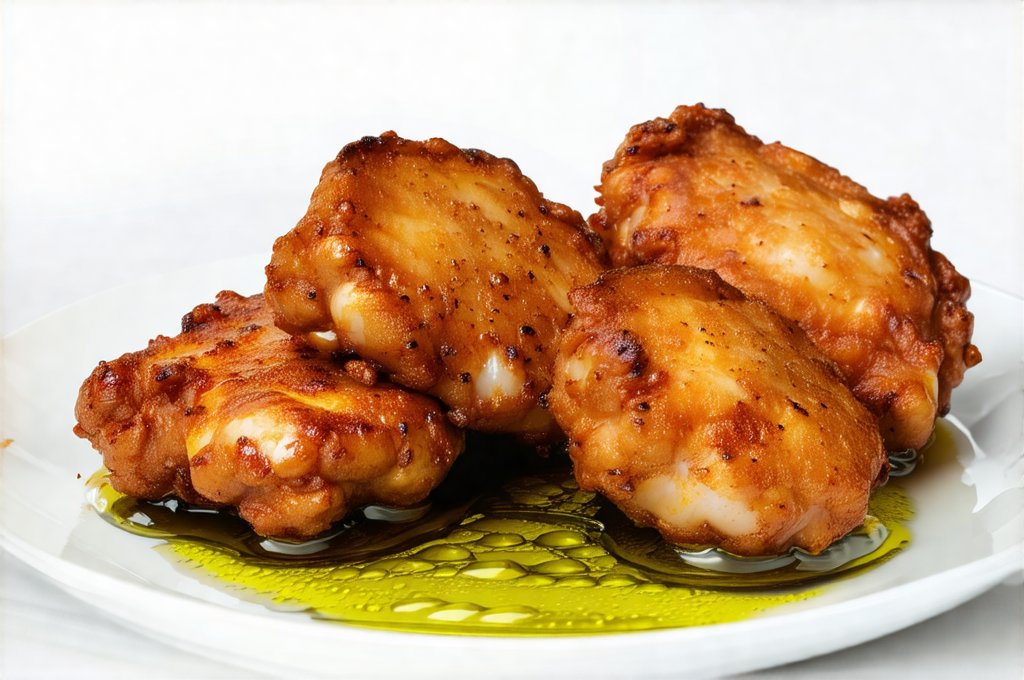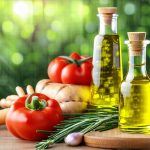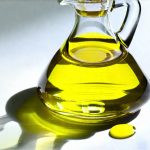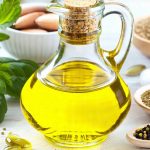Bile reflux is often an overlooked contributor to nausea, heartburn, and even seemingly unrelated symptoms like chronic coughs and hoarseness. While many associate digestive discomfort with stomach acid, the powerful digestive fluid produced by the liver – bile – can be equally irritating, especially when it flows back into the esophagus or stomach where it shouldn’t be. The interplay between diet, cooking methods, and individual sensitivities determines how prone someone is to experiencing this issue. Understanding these connections empowers individuals to make informed choices about what they eat and how they prepare their food, potentially alleviating unpleasant symptoms and improving overall digestive health.
The surprising role of fats and certain oils in triggering bile reflux stems from the way our bodies digest them. Bile’s primary function is to emulsify fats, breaking them down into smaller particles so they can be absorbed by the small intestine. However, when we consume excessive amounts of fat, or particularly difficult-to-digest fats, the gallbladder is forced to release a larger volume of bile. This increased pressure and the sheer quantity of bile present can overwhelm the natural mechanisms that prevent backflow, leading to reflux into the stomach and even up into the esophagus. Furthermore, specific cooking techniques, like deep frying, alter the nature of oils and introduce other factors that exacerbate this issue. Recognizing these connections is vital for managing symptoms and promoting digestive wellbeing. How cooking oils and fats influence gut health can be a significant step towards relief.
The Impact of Cooking Oils on Bile Production & Reflux
Different cooking oils have vastly different compositions and characteristics, influencing how they are digested and the amount of bile required to process them. Highly processed vegetable oils, such as soybean oil, corn oil, and canola oil, often contain high levels of linoleic acid – an omega-6 fatty acid. While essential in small amounts, excessive intake can contribute to inflammation and potentially impact digestive function. These oils also tend to become unstable at higher temperatures, creating harmful compounds during cooking that further irritate the digestive system. Conversely, more stable fats like olive oil or avocado oil are generally better tolerated, but even these need careful consideration regarding quantity and temperature. It’s important to consider best cooking oils for preventing nausea and reflux.
The process of frying, especially deep-frying, significantly alters the characteristics of any oil used. When repeatedly heated to high temperatures, oils undergo oxidation, creating trans fats and other harmful byproducts that can irritate the digestive tract and promote inflammation. These altered oils are also more difficult for the body to break down, requiring a greater release of bile and increasing the risk of reflux. Moreover, fried foods absorb oil during cooking, dramatically increasing their fat content – and consequently, the burden on the gallbladder and small intestine.
It’s important to note that individual tolerances vary considerably. Some individuals may be able to tolerate moderate amounts of certain oils without issue, while others are highly sensitive. Paying attention to personal reactions after consuming different foods is crucial for identifying triggers. – Consider keeping a food diary to track symptoms and identify potential connections between specific oils or fried foods and digestive discomfort. – Experiment with alternative cooking methods like baking, steaming, or sautéing to reduce oil intake and minimize the risk of triggering bile reflux. Understanding how certain cooking oils make symptoms worse can help you adjust your diet.
Frying Techniques & Bile Reflux: A Closer Look
The method used for frying plays a substantial role in how much oil is absorbed by food and the overall impact on digestion. Deep-frying, where food is completely submerged in hot oil, results in the highest level of oil absorption. This significantly increases the fat content of the meal and places a greater demand on bile production. Shallow-frying, while still involving some oil absorption, generally leads to lower levels compared to deep-frying. Air frying offers a healthier alternative, utilizing minimal oil and reducing overall fat intake.
Temperature control is paramount when frying. Overheating oil not only degrades its quality but also increases the formation of harmful compounds. Maintaining a consistent temperature within the recommended range for the specific oil being used ensures optimal cooking without excessive degradation. Using a thermometer to monitor oil temperature is highly advisable. – A general rule of thumb: avoid letting oil smoke, as this indicates it has reached an excessively high temperature and is starting to break down.
The type of food being fried also influences its impact on bile reflux. Foods with a higher water content tend to absorb more oil during frying, further exacerbating the issue. Coating foods in batter or breading increases surface area and promotes even greater oil absorption. Choosing leaner protein sources and opting for lighter coatings can help mitigate these effects.
Understanding Gallbladder Function & Bile Flow
The gallbladder acts as a reservoir for bile produced by the liver. It releases bile into the small intestine when triggered by hormones released in response to fat consumption. A healthy gallbladder efficiently contracts and empties, ensuring adequate digestion without excessive pressure or backflow. However, conditions like gallstones or sludge can obstruct bile flow, leading to increased pressure within the gallbladder and potentially contributing to reflux. – Individuals with a history of gallbladder issues should be particularly mindful of their dietary choices and cooking methods.
The lower esophageal sphincter (LES) is a muscular valve that prevents stomach contents from flowing back into the esophagus. Bile reflux can weaken or damage the LES over time, increasing the risk of acid reflux as well. This creates a vicious cycle where both bile and acid contribute to digestive discomfort. – Maintaining a healthy weight and avoiding smoking are crucial for supporting optimal LES function. How acid reflux can lead to other symptoms should also be considered.
Identifying Trigger Foods Beyond Cooking Oils
While cooking oils and frying techniques play significant roles, other foods can also exacerbate bile reflux. Spicy foods, citrus fruits, chocolate, peppermint, and carbonated beverages can all relax the LES, increasing the likelihood of backflow. Caffeine and alcohol can also contribute to digestive irritation. – It’s important to remember that trigger foods vary from person to person.
Fatty meats, full-fat dairy products, and processed foods high in trans fats can overwhelm the gallbladder, leading to excessive bile production and reflux. Incorporating more fiber into your diet helps regulate digestion and reduce pressure on the digestive system. – Focus on consuming lean proteins, low-fat dairy alternatives, and whole grains.
Practical Strategies for Managing Bile Reflux & Nausea
Beyond dietary adjustments, several lifestyle modifications can help manage bile reflux and associated nausea. Eating smaller, more frequent meals reduces the burden on the digestive system. Avoiding lying down immediately after eating allows gravity to assist with digestion. – Elevating the head of your bed slightly during sleep can also minimize backflow.
Stress management techniques like yoga, meditation, or deep breathing exercises can help reduce overall inflammation and improve digestive function. Staying hydrated is crucial for maintaining healthy bowel movements and preventing constipation, which can contribute to reflux. – Drinking plenty of water throughout the day helps keep things moving smoothly through your digestive system. How dehydration can lead to discomfort is worth remembering.
If symptoms persist despite dietary and lifestyle changes, consulting with a healthcare professional is essential. They can rule out underlying medical conditions and recommend appropriate treatment options, such as medications or further diagnostic testing. Remember that self-diagnosis and treatment are not advisable; seeking expert guidance ensures you receive the best possible care for your specific situation. It’s also important to consider understanding silent reflux and how it might be impacting your health, as well as how anxiety around food can trigger nausea and discomfort.


















